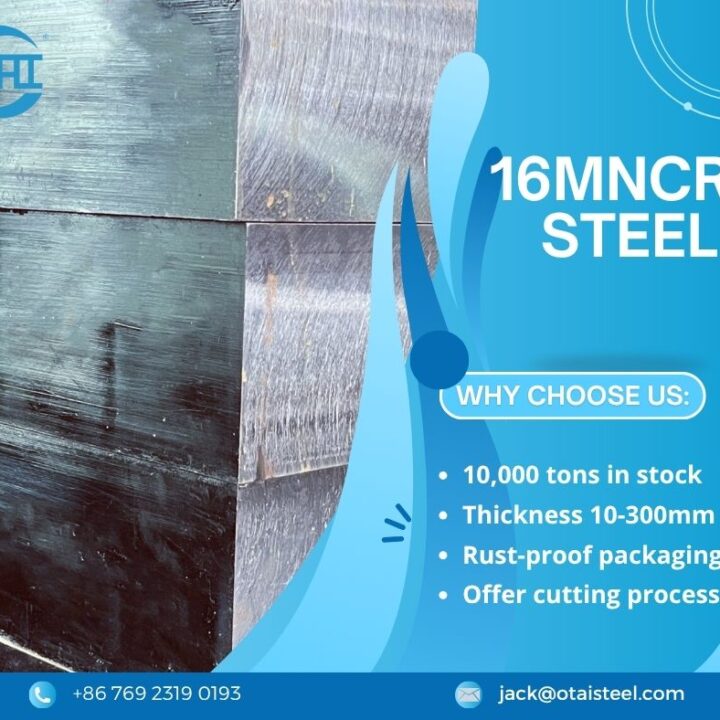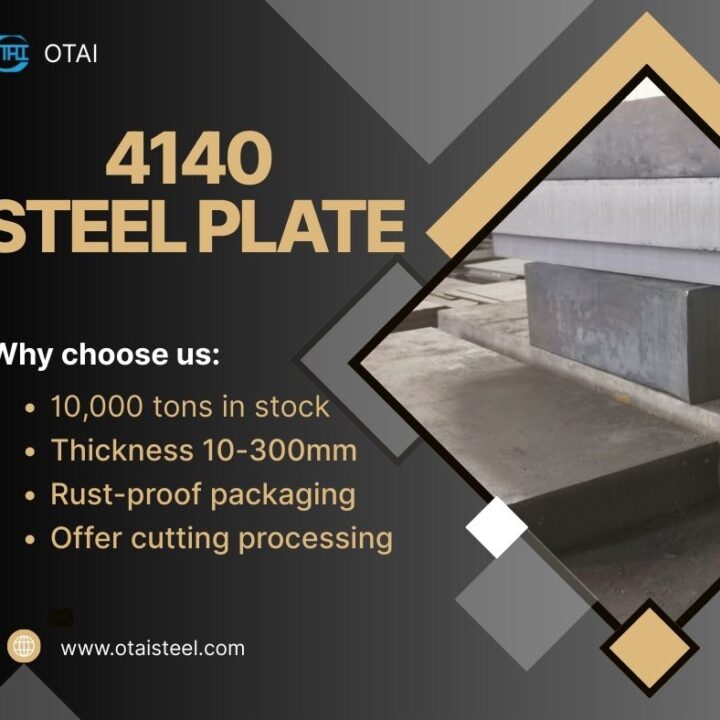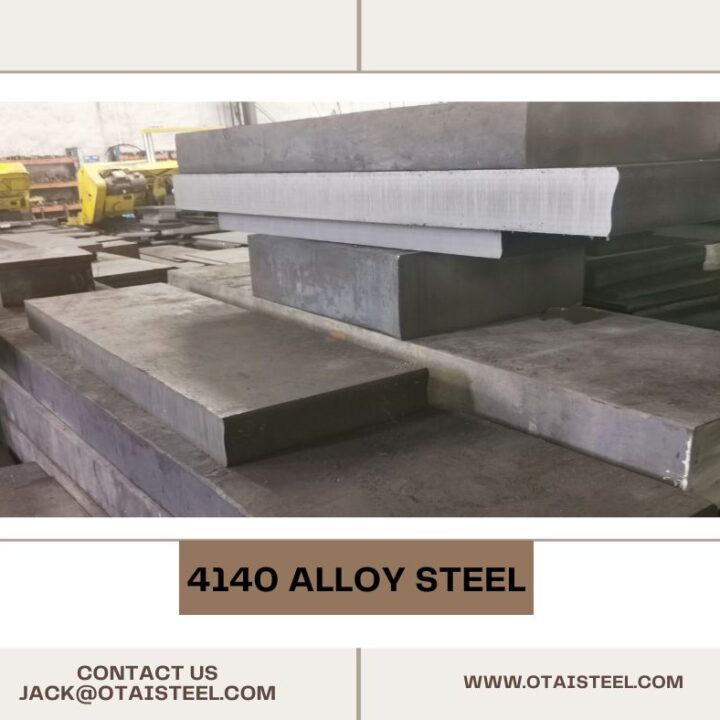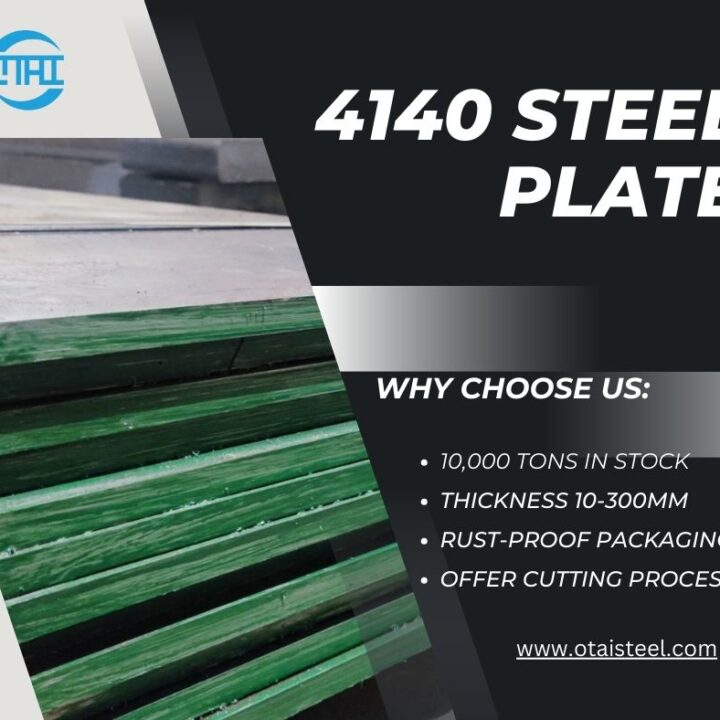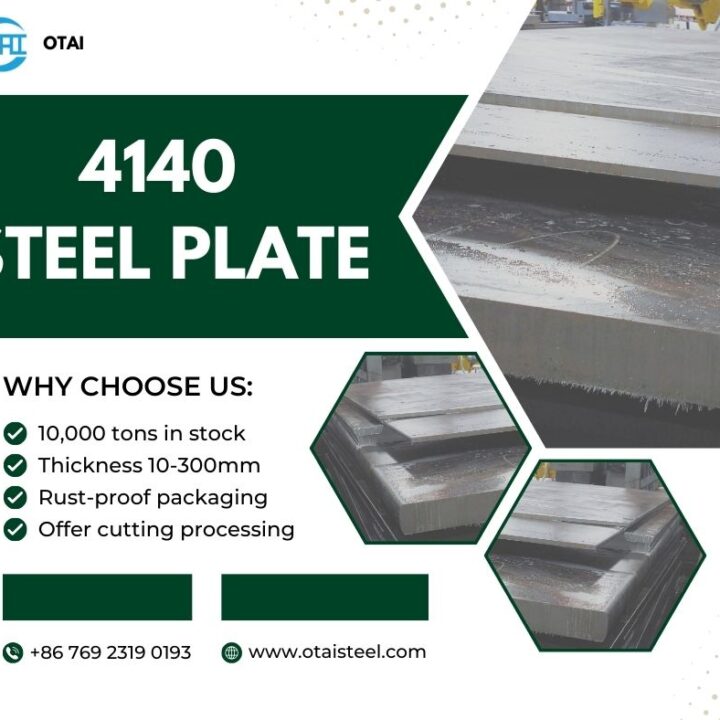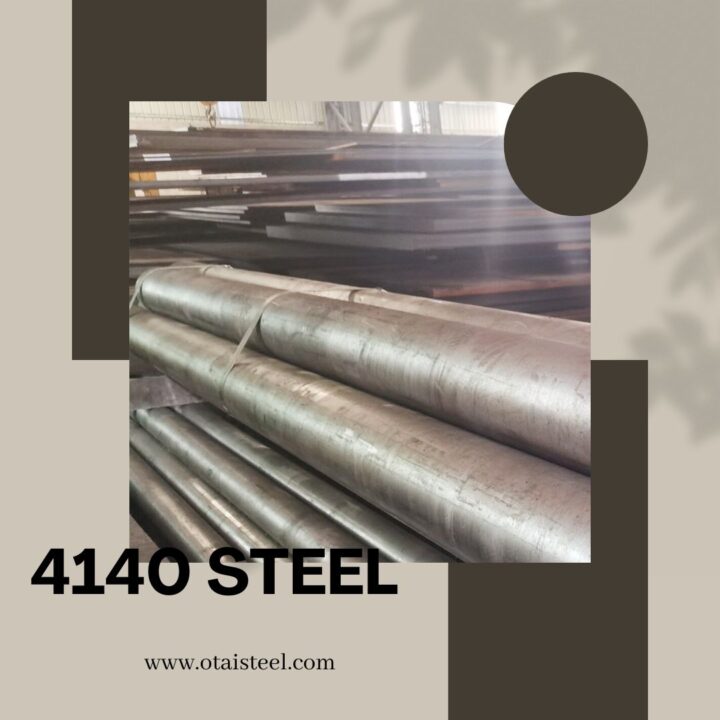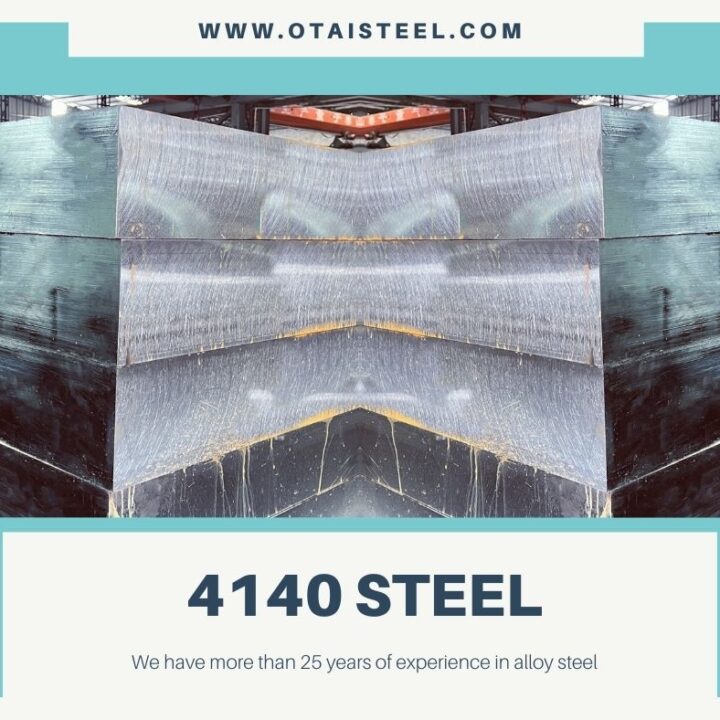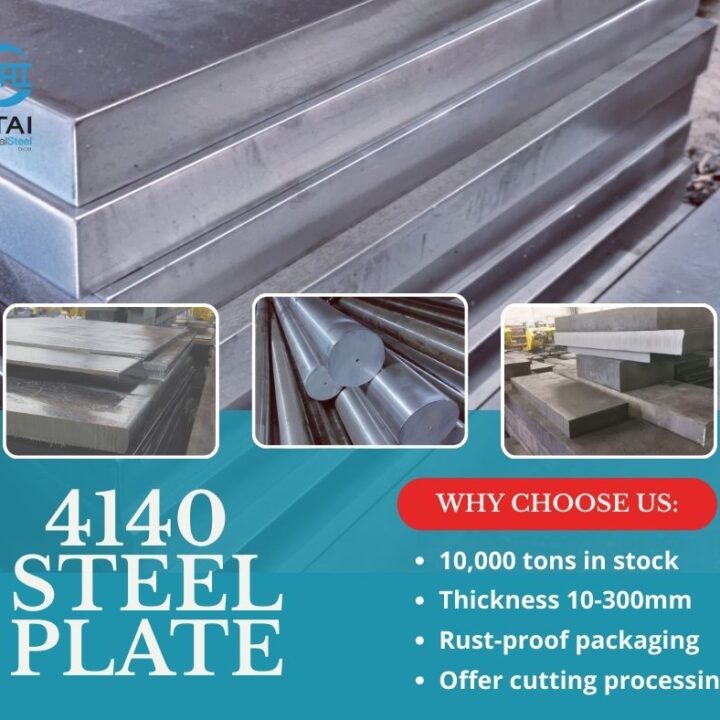H13 STEEL APPLICATION IN LIFE-Chapter 3
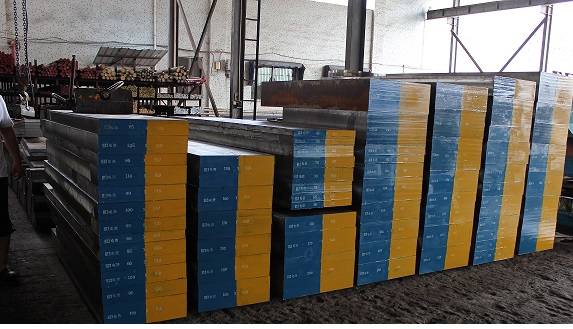
The force to move the tip/particle away from the surface was recorded. Toner particles were nanotextured to various degrees by mixing with fine SiO2 particles (mean diameter of 20 nm) which adhered to the toner particles. As the fractal dimension increased, the shearing and adhesion force between particles was also seen to increase.
Mateˇjka et al. examined the wear characteristics of SiC-reinforced iron-phenolic based brake disks using an AFM [16]. Abrasives, such as SiC, are added to brake disk composites in order to increase the friction coefficient and stabilize it at higher temperatures. At temperatures above 250°C an enhanced pull-out of SiC was noted from the AFM results. The AFM results also showed that these particles could help maintain the friction coefficient at higher temperature due to their abrasion of the disk surface. A potential drawback of quicker abrasion of the contact surface was also reported. An optimum of approximately 3.4% SiC addition was determined from this work.
Tool steel – H13
H13 is a hot work tool steel that has good resistance to thermal fatigue, erosion and wear, and is widely used for making molds and dies. The H13 powder used for laser consolidation contains 0.42% C, 5.04% Cr, 1.33% Mo, 1.06% V and 0.88% Si. LC H13 samples were metallurgically sound and free of cracks or porosity. LC H13 tool steel showed directionally solidified dendritic microstructure with layered features: very fine columnar dendrites (around 1–2 μm in dendritic arm spacing) aligned along vertical direction (Fig. 17.4(a)). Cellular features were observed along the transverse cross-section.
The XRD results indicated that the LC H13 steel consisted of a majority of α (martensite) plus trace amount of γ phase (Fig. 17.4(c)), which was very similar to the H13 powder used for the consolidation with the exception of the reduced amount of γ phase. Further XRD analysis indicated that the carbides extracted from LC H13 material were of MC, M7C3 and possible M3C types.
The LC H13 tool steel showed excellent tensile properties (Table 17.2). The average yield and tensile strengths of the as-consolidated H13 along vertical direction were about 1288 MPa and 2064 MPa respectively, while the elongation was about 6% and the elastic modulus (E) was about 216 GPa. Along the horizontal direction, the LC H13 showed significantly higher yield strength (1564 MPa) than along the vertical direction, while the tensile strength, elastic modulus and elongation of LC H13 were comparable for both directions. It should be noted that the tensile properties of the LC H13 material had relatively small scatter. For example, along the vertical direction, the standard deviations of the yield strength and tensile strength were about 54 MPa and 51 MPa respectively, while the standard deviations of the elastic modulus and elongation were 4 GPa and 2.2% respectively, which indicated that the laser consolidated H13 material had a reasonably good consistency.
